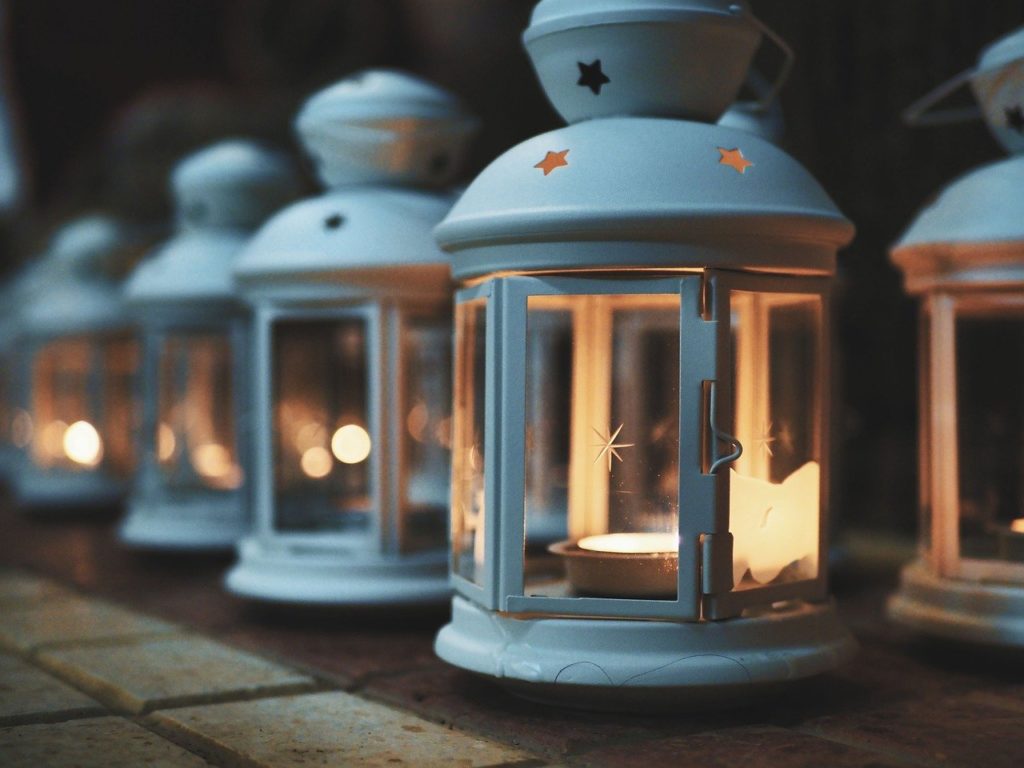How to create a small business Identity?

Your brand identity is beyond your logo. This style is more than just a marketing material or an introduction to the color palette. Your small business identity is the way your brand looks, feels, and communicates with customers. It affects the overall customer experience and ultimately affects how others view your credibility and business.
First, create assets
After research, the start is to make a list of common brand assets:
Logo
Color palettes
Typography
Iconography
Photography and graphics for marketing campaigns
Finished logo
Logos and color schemes are the two most significant visual decisions for small business identity. Not exclusively will these have a major impact in making your business card for small business identity, they'll likewise assist with affecting different regions like format and personality.
How to design a business card for small business identity in 8 steps
Once you have a logo, color, and a good idea that you want your card to show customers, you are ready to go. Just follow the 8 steps below to decide which business card design is best for you.
1. Choose your shape
If you have already decided on a traditional rectangular business card, you can move on to the next step for the purpose of small business identity. But if you want to know about all your options, including external strategies, keep reading.
As printing technology becomes more advanced and affordable, there are more opportunities for professionals to seek alternatives. Cutting technology allows you to cut any shape you want during bulk printing.
You can also create a complete business card theme for small business identity around the precise cutting. Business cards use clock designs to highlight employee images, giving them a more appropriate feel and making them more accessible.
Whether or not to use a creative shape relies on the image you want to communicate by small business identity. A special look can make you happy and impress, but it can have a detrimental effect on a more formal industry. You will also want to consider logistics, for example how it suits your purse.
2. Choose your size
Your next decision is the size of the card towards a small business identity. It mainly relies on the standard of the place, so this is a good place to start. Even if you have important plans, you need to know what shape of card others are having.
You always want to look for three factors when designing:
Bleed area: the outermost part of the card is likely to be removed.
Trim line: the target line for cutting cards.
Safety line: anything outside this line is subject to cutting mistakes. Don’t let essential elements like text or logos fall outside this line.
Regardless of the size, you always want to consider three factors when designing.
3. Add your logo and other graphics
Presently we start plotting the visual components of your business card design, as a matter of first importance the logo. Your logo should become the overwhelming focus on your business card, although different twists and secondary graphics can be here and helpful also.
We are currently beginning to put together the visual plan components on your business card for small business identity, particularly the logos. The logo ought to be the focal point of your business card, however now and then different pictures are likewise helpful.
While minimalism is a popular decision for business cards, assuming that unfilled space sometimes falls short for you, you can fill it with extra graphics. In an industry, needs to accept its charming theme that the extent that it will go: they develop their sheep mascot by putting sheep doodles everywhere, and utilize a blurred background to keep away from the mess (likewise notice the utilization of delicate blue, an energetic and child-friendly shading). Regardless of whether your logo is straightforward or text just, any connected symbolism for small business identity serves similar endings.
Additional graphics are great to show your small business identity. Of course, you can convey your personality or brand with images, including colors. For example, if you want to look simple or cheap, make some cute cartoons and bright colors.
4. Add necessary text
What your business card for small business identity really says relies upon you. Work-from-home freelancers might have no requirement for a postal address, while professions that consult close and personal require it. Or on the other hand, possibly it's an essential decision, for example, causing you to notice your amazing social-based media following. The fact of the matter is, various individuals, benefit from the various texts on their business cards.
In this way, in the subsequent stage - you choose what to put on the business card. The following is an option to choose which to add and which to eliminate.
Name – Guaranteed. Each card needs a name.
Organization name – Another given, with the exception of individual brands, wherein case your own name is your organization name.
Work title – For conventional cards include your work title. This additionally helps the holder to remember what your identity is, your main thing, and surprisingly how your met.
Telephone number – Even assuming telephone isn't your preferred method for correspondence, it is to certain individuals.
Email – A business card staple; email is the new standard for non-urgent business correspondences, to some extent since it permits sending documents as attachments.
Website URL – Including your site URL is a non-forceful greeting for visits.
Social media – If social-based media is applicable to your field, or you simply need to show a touch of your character, incorporate social media links.
Address – Necessary for bringing customers into your office or store location.
QR code – While not so famous as a long time past, a QR code is as yet a practical easy route to moving whatever information you want. Learn about every one of the benefits of utilizing a QR code here.
Slogan – Completely optional, a slogan assists with brand character and adds a little character.
As a reminder, a business card is not yet bound to provide data without storing it. Everyone knows your address or URL, but keep a card in hand if they forget to remember it.

5. Choose your typography
When you know what you need to say, you can pick what it looks like. While typography is consistently significant, it's particularly relevant to business cards since you need to make text totally legible and have just a little space to work with.
Let’s break up typography into three main categories:
Size. To keep up with readability, you need all your text to be no less than 8 pts. Nonetheless, you need your most significant components (like your name) to stick out, so go ahead and differ the text sizes. Likewise, think about void space—you would rather not mess your card, so leave your text little enough that there's a lot of space to breathe around every element.
Font. We have already talked about the font and how to impress your brand ID, so how to use 5 fonts and it for a dirty remedy. Just remember, choose the font you do what you do. A latest and beautiful and unique and elegant script or a classic and eternal serif font? There are some examples of the font that are different from different tables.
Colors. The company's current colors come to the rescue here. To protect on-brand, choose the text color that matches the background color of your card, which should also be the brand color. These colors look good together but are difficult to read, so experiment with the opposite for the sake of clarity.
The golden rule for entering text is to prioritize legibility everything else. It does not matter how artistic your font is if no one can read what it says.
6. Consider special finishes
Since you're arriving at the last stretch, it's an ideal opportunity to begin thinking about printers—particularly as far as what they can offer. Certain printers offer extraordinary completions that can go far in establishing a long-term connection. Check whether any of these "enhancements" can help your business card design strategy.
Emblazoning. This strategy makes three-dimensional reliefs, making specific areas "jump out." Like spot UV covering, you can utilize it to cause to notice explicit parts of your card, even words.
Letterpress. More than raising the paper, letterpress printing forces the paper down while inking it. The outcome is something like an engravement, commonly with unique ink to draw further consideration. Particularly helpful for letters, giving your words an elevated gravitas.
Foil stepping. Assuming you need something glossy and intelligent like tin foil, you can apply foil stamping to images. This likewise works for complementing the text, on the off chance that you've picked a bold and contrasted typeface.
Spot UV covering. A ton of cards have a smooth varnish to make a sheen and smooth surface. Spot UV covering is exactly the same thing, with the exception of simply applied to specific areas. That implies you can apply a gleam on just your logo, explicit illustrations, or even a word or expression. Use it when you need to highlight specific regions over others, yet be aware of what it means for the general synthesis when just a part is sparkly.
7. Pick a designer
This business card for Gary's coaching seems as though an index card. Business card design by green in blue.
Assuming that you truly need a heavenly business card, it's a smart thought to find an expert professional designer who can make the ideal card for you. You can search for a nearby freelance designer or search on a stage like 99designs for a planner with the correct style and experience. Try to look at their portfolio to check whether they're ideal for your brand.
8. Finalize your design
With every one of the elements set up and a precise forecast of your last shading decisions and exceptional finishes, you can reconsider your plan to ensure everything works.
In the first place, analyze the visual flow: how does your eye move when taking a gander at the card. What do you see first? Last? A decent visual stream should begin with the logo, then, at that point, the name, and afterward the secondary images, completing on any optional images in case they're there. You can generally change and enhance the visual flows by changing a component's size and area.
Remember to have your designer send you the completed product as a vector record and a vector-based PDF. You need to utilize vector images on the off chance that you really want to change the size, and PDFs are meaningful by essentially every printer.



